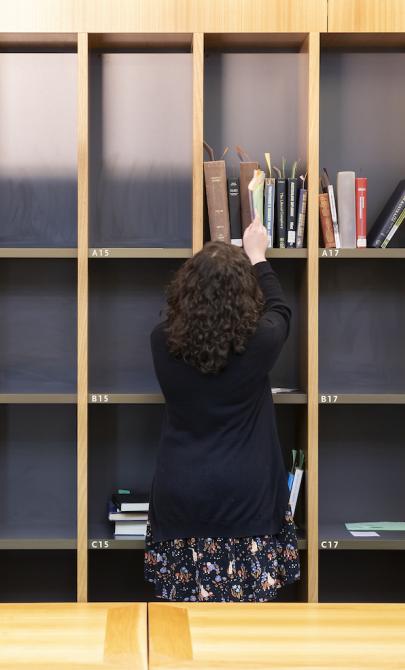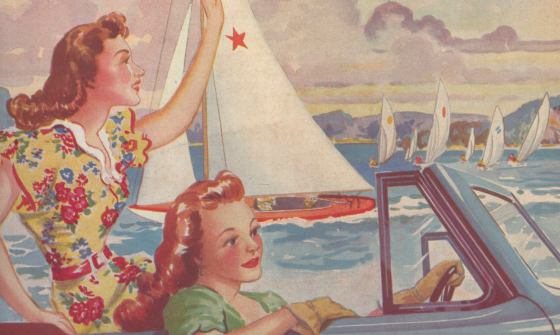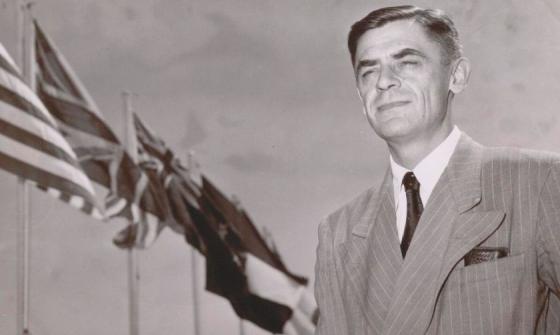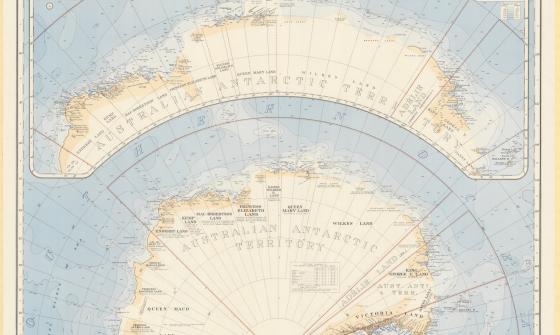South Pacific Commission
Key items in the collection
This collection hosts a range of formats, including:
The collection of 78 manuscripts copied by the South Pacific Commission was created by missionaries, anthropologists, linguists, and other scholars between around 1900 and 1956. Most of these works consist of dictionaries, vocabularies, and grammars documenting the languages of various Pacific Island peoples, including those from the British Solomon Islands, Fiji, the Gilbert Islands (Kiribati), Nauru, New Britain, New Caledonia, New Hebrides (Vanuatu), Papua New Guinea, Tonga, and Western Samoa. Additionally, the collection features a few Biblical translations, commentaries, and school textbooks. Notable authors include Arthur Capell, Charles E. Fox, M.J.C. Guiart, W.F. Paton, and P. Tattevin.
Here are some examples of the historical and anthropological works included in the collection:
- HK Bartlett, Legends collected at Misima and Panaeati , Papua, n.d.
- AB Brewster, Genealogies and histories of the Manititu or tribal governments of Central Vita Levu (Great Fiji) , 1923
- AC Cato, A survey of native education in Fiji, Tonga and Western Samoa , n.d.
- John C Grover, Some aspects of mining development in the British Solomon Islands Protectorate , c. 1950
- GC Henderson ,A history of government in Fiji, 1760-1875 , c. 1944
- RTE Latham, The New Hebrides Condominium , 1929
- Raymond Leenhardt, Esquisse de l’histoire politique et religieuse des Îles Loyauté de 1840 à 1895 , 1954
- J Graham Miller, A report on the island of Epi for the Presbyterian Mission Synod , 1953
- WF Paton, The language and life of Ambrym, an island in the New Hebrides , 1956
- Records of a conference of Protestant native pastors held at Koné, New Caledonia in 1908
Papers of William Douglass Forsyth
The papers of William Douglass Forsyth (1909-1993) offer a wealth of information about the establishment of the Secretariat in 1947 and the first two decades of the South Pacific Commission. This extensive collection includes agenda papers, reports, correspondence, work programs, speeches, newsletters, and photographs. Forsyth maintained a lifelong passion for the Pacific, and the collection features later documents related to the South Pacific Conference, as well as a manuscript he authored between 1971 and 1973 titled Post-colonial Pacific. His unpublished memoirs also serve as a valuable resource for understanding the South Pacific Commission's history.
The South Pacific Commission issued a large number of publications, many of them of a technical nature relating to agriculture, fisheries, nutrition, public health, social development, the arts and other subjects. Many of its serial publications were short-lived or changed their titles frequently.
The following are some of its more general publications:
- Information document, 1968+
- Proceedings of the South Pacific Commission, 1948-66
- Report of the Secretary-General of the South Pacific Commission, 1950-65
- SPC Quarterly Bulletin, 1951-59
- South Pacific Bulletin, 1960-81
- South Pacific News, 1963-67
- Technical information circular, 1952-68
- Technical paper, 1949+
About the South Pacific Commission
The South Pacific Commission was created in 1947 when 6 countries - Australia, France, the Netherlands, New Zealand, the United Kingdom, and the United States - signed the Canberra Agreement to work together to improve the economic and social welfare of the people in the South Pacific. The Commission's role was limited to non-political matters and excluded defence and security issues. The agreement required the Commission to meet once a year and hold an annual South Pacific Conference with representation from all the territories. A Secretary-General was appointed for a 5-year term, with the headquarters based in Noumea, New Caledonia.
Changes in membership
The Netherlands left the Commission in 1962, and the United Kingdom withdrew in 2005. Western Samoa became the first territory to gain full membership in 1965, followed by Nauru in 1969 and Fiji in 1971. By 1983, all countries and territories served by the Commission became full members. The region covered by the Commission expanded to include Micronesia in 1951, and in 1998, its name was officially changed to the "Pacific Community" to reflect its broader geographical reach.
Australian Secretary-Generals
Two Australians have held the position of Secretary-General of the South Pacific Commission. WD Forsyth was the first Secretary-General from 1948 to 1951 and served again from 1963 to 1966. Robert B. Dun was Secretary-General from 1996 to 2000.
Background to the collection
In 1951, the Research Council of the South Pacific Commission decided that the Commission should gather and copy linguistic materials like manuscript grammars, dictionaries, and textbooks, then store them in libraries in larger countries. The National Library was chosen as one of these libraries and started receiving microfilms in 1953. The project ended in 1958, and the Commission gave the Library all the film negatives
The microfilms of the South Pacific Commission manuscripts are kept in the Newspaper and Microform Collection (reels G 1431-1669). Each has been catalogued separately, and there's also a summary list called "List of historical manuscripts microfilmed by the South Pacific Commission, 1951-57," available in the Newspaper and Microform Reading Room. The papers of W.D. Forsyth can be found in the Manuscripts Collection (MS 5700), with documents related to the South Pacific Commission in series 7 and 12. Use the finding aid.
The papers of historian HE Maude, who worked with the South Pacific Commission from 1948 to 1957, are held at the Barr Smith Library at the University of Adelaide.
This guide was prepared using these references:
- E Macu Salato, The South Pacific Commission, Australian Foreign Affairs Record, vol. 50, Aug. 1979, pp. 465-69
- Secretariat of the Pacific Community website, https://www.spc.int/corp/







